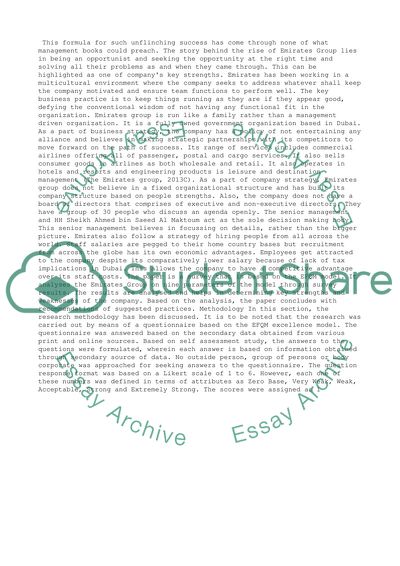Cite this document
(“Analysis of Business Excellence criteria Essay Example | Topics and Well Written Essays - 4000 words”, n.d.)
Retrieved from https://studentshare.org/business/1498491-analysis-of-business-excellence-criteria
Retrieved from https://studentshare.org/business/1498491-analysis-of-business-excellence-criteria
(Analysis of Business Excellence Criteria Essay Example | Topics and Well Written Essays - 4000 Words)
https://studentshare.org/business/1498491-analysis-of-business-excellence-criteria.
https://studentshare.org/business/1498491-analysis-of-business-excellence-criteria.
“Analysis of Business Excellence Criteria Essay Example | Topics and Well Written Essays - 4000 Words”, n.d. https://studentshare.org/business/1498491-analysis-of-business-excellence-criteria.


